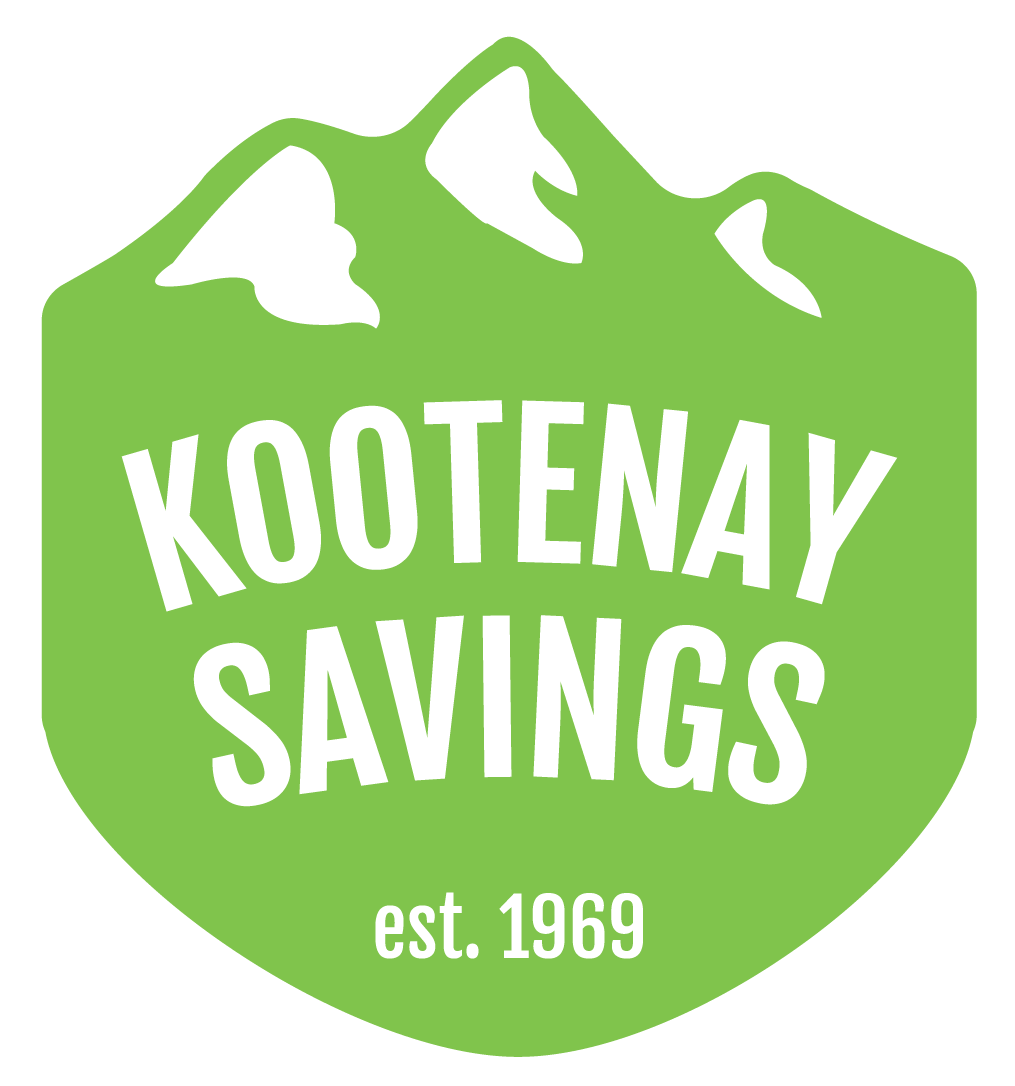Budget For Everything
You have lots of options to keep learning after high school, like college or university, or vocational or technical school if you’re planning a career in the trades. No matter which path you choose, there are important costs to think about when you are planning for your education, such as:
- Tuition – the cost of your program charged by the school
- Books – each course will have required textbooks and sometimes workbooks and guides
- Student fees – consider everything from athletic facilities, medical insurance, clubs and support services to ancillary items like grad pics and specialty tools
- A computer and mobile device with a good data plan (you may have these already, but will they last the length of your program?)
- Accommodation – unless you’re staying at home, you’ll likely need to pay rent for a dorm or apartment. Some additional costs to keep in mind:
- On-campus living – personal touches to style up your space
- Off-campus living – factor in everything it takes to furnish a home
- Transportation – for going to school and getting to work
- Personal expenses – all the little things that add up over the year…hair cuts, toiletries, clothing…
- Entertainment – what you learn in the classroom is only part of the experience
This is far from a full list, so we recommend you take some time now to brainstorm all the things you might possibly need. Chat with your academic advisor to see if there’s anything extra required for your program and plan for that, too. Budgeting for these costs today can help stretch your funds for the length of your program.
How to Pay for School
After you’ve figured out how much you’ll need to complete your program, you’ll want to compare that with what you have available through:
- RESPs
- scholarships
- bursaries
- gifts
- savings
- family help
- government student loans
If all of this combined is less than what it’ll cost for your entire education, you can look at a Student Line of Credit to cover the difference or act as a safety net for emergency expenses. With a line of credit, you pay interest only on the funds you use.
Learn about our Student Line of Credit.
Finance 101
Kootenay Savings has everything you need to ace post-secondary economics. Flexible student loans, credit cards, ding-free ATMs, a special low-rate line of credit…not to mention our awesome STUDY Account offering unlimited bundled transactions for just $1 a month. That’s right, one dollar.
Looking to save while in school? Sign up for a Study account today.
Free Money
To help you take the next step in your academic adventure, we’ve created a program that provides $1,500 bursaries to 18 local students going to technology, university, college or vocational schools each year. And there’s more for students who are active in our local communities! If this sounds like you, check out the Kootenay Savings Community Champs program, a great way to earn another $2,000 for school. And don’t forget the Credit Unions of BC Bursary Program, which could provide further financial assistance for your studies in a Canadian post-secondary institution.
Learn more about bursaries available to credit union members.
Whether you want to set yourself up for the career of your dreams or just feed your passion for learning, there are lots of great reasons to invest in your education. Get started by contacting us for more information on money for school.


